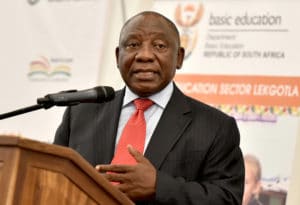The recent risk-off environment brought on by Europe’s debt crisis may have affected fund flows into emerging markets bonds, but the tide will soon turn, says one economist, as investors put off by developed markets return in search of higher yields.
ALIGN LEFT

ALIGN CENTER

ALIGN RIGHT

Full width

WIDE WIDTH

Renaissance Capital’s global chief economist Charles Robertson notes that the value of emerging markets (EMs) debt in the second quarter of this year totaled $163 billion. While the figure is nowhere close to the $212 billion peak notched in the third quarter of 2008, it’s still a reasonably strong sum.
This is h1
This is h2
This is h3
This is h4
This is h5
This is bold text
This is text in italic
This is a quote Robertson expects most of the funds to flow into Africa and Asia. “Because if you want yield or growth, it has to be Africa first, but Asia’s going to be up there as well. If you’re looking for liquidity, Asia again is going to be interesting. So, I would argue that the portfolio money is going to still be flowing into emerging markets, and flowing into these high-yielding stories.”
This is a pull quote “If you’re looking for the resource side of the story, that’s where the growth’s going to be over the next 6-12 months,” he said. “One of the surprises I think, that people find when they look at say, Kenya, is you can get 20- or 30-year local currency bonds, now issuing, offering 16 percent yields.”
Robertson shrugged off concerns over the recent selloff in emerging market currencies, believing the correction is short term. The currencies were caught in the downdraft last month when investors turned risk averse, sending the Korean won to a 14-month low. Even the Singapore dollar , which up until September had strengthened over 6 percent against the greenback, suffered a steep fall.
“Some of them (currencies) have got to hugely overvalued levels, [like] Brazil. South Korea: you can understand the concern, the banks historically have always been short dollars. But for the next three to five years? We know the capital flows will help growth, and we know the central banks around a lot of the countries we look at, are going to be encouraging the fact that the money is coming in for three or five years.”
Like most money managers, Robertson is avoiding the euro zone, particularly central Europe, which he says has close ties to the bloc. “Polish, and to a greater extent, Hungarian banks, have major exposure to Swiss franc and euro movements,” he noted. “That is going to have some knock-on effect for central Europe…these aren’t the places that I’d be putting my cash over the next 3-6 months.”